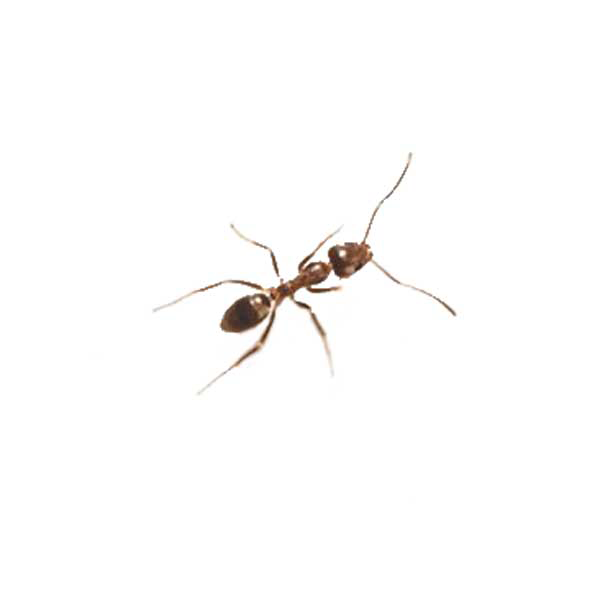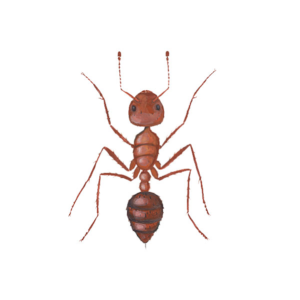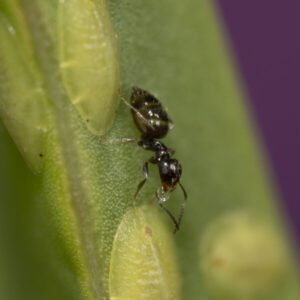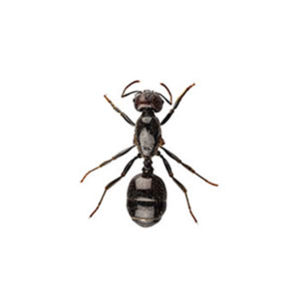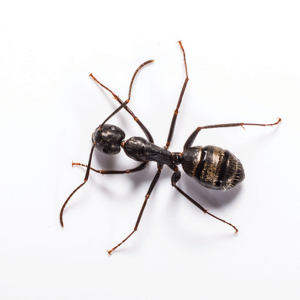Argentine Ants in Anaheim
Argentine ants are a nuisance to many households and gardens in Anaheim. They are particularly challenging to get rid of because workers from various colonies exhibit an unusual level of cooperation, enabling them to create expansive supercolonies. Some Argentine ant infestations can even spread throughout a city block, all leading back to the same nest. Additionally, these ants don’t just travel directly from their nest to their food source. While foraging, they leave pheromone trails everywhere to ensure they never visit the same area twice.
Argentine Ant Habitats
Like many other types of pests, Argentine ants search for environments with plenty of food and water. They often build nests under sun-baked soil and are known for clearing out nearby vegetation to ensure their colony can stay warm. For water, they often seek out irrigation lines or leaky plumbing. Once they establish a nest, they will forage for foods such as meat, eggs, and fruit. Here in Anaheim, Argentine ants primarily stay outdoors unless the weather becomes too cold or too dry. If they access your home, they will likely hide in wall voids near water pipes or sinks.
Argentine Ant Behaviors, Threats, or Dangers
An Argentine ant infestation may not be a serious health threat, but it’s never pleasant to have that many ants crawling around your property. The huge colonies can grow to contain a million or more worker ants with hundreds of queens. Though they primarily stay outdoors near water sources, such as near irrigation lines, they may also try to get indoors in search of food or water. With how quickly a colony can grow and spread, it’s important to call a professional ant exterminator as quickly as possible if you think you have an infestation.

